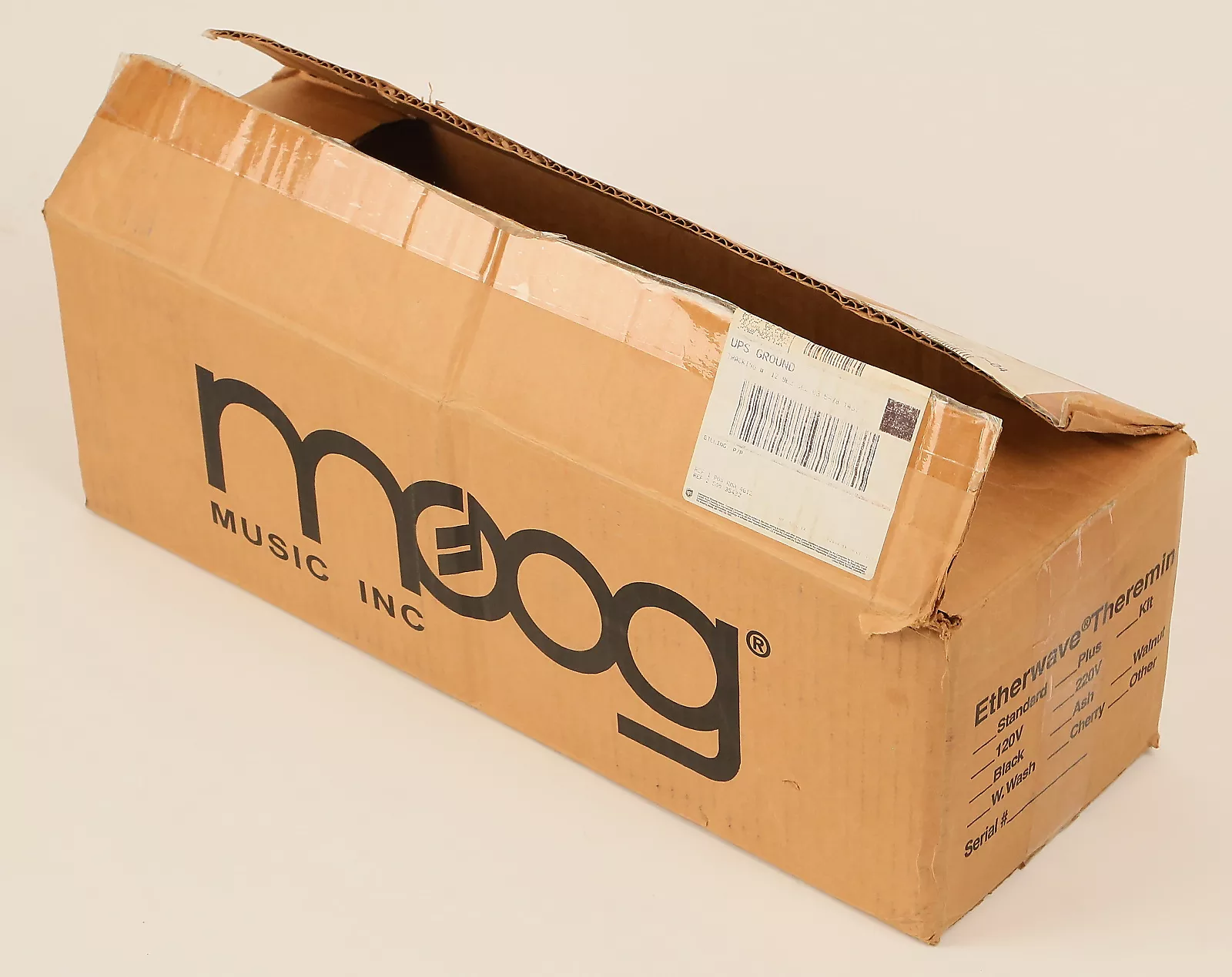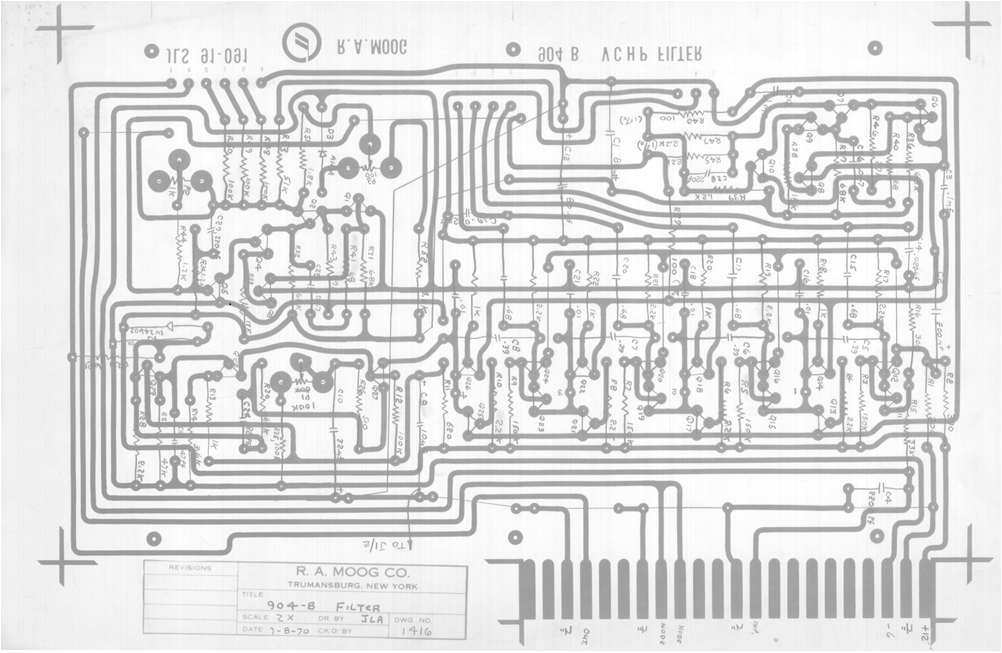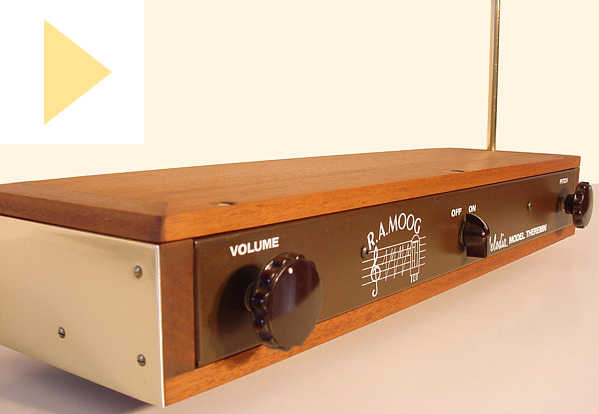writings | Wired: Ray Kurzweil honors pioneer Robert Moog PhD
May 1, 2018
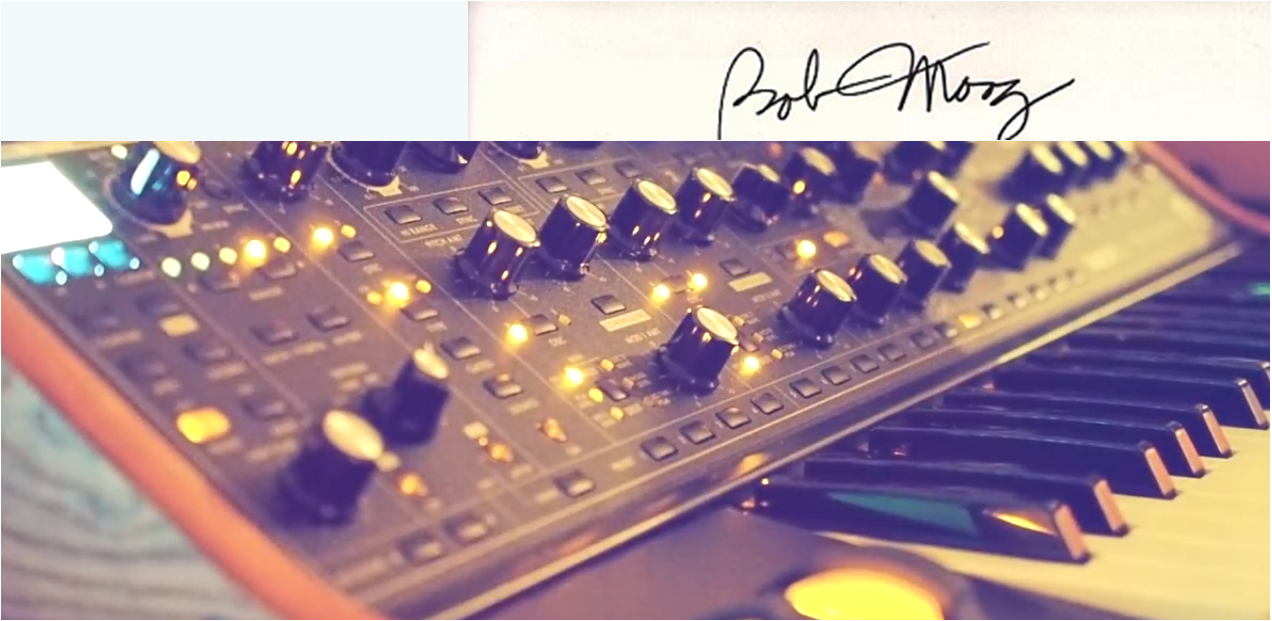

publication: Wired
story title: Robert Moog • 1934 — 2005
author: by Ray Kurzweil
date: November 1, 2005
* Bob Moog is Robert Moog PhD
 — an introduction —
— an introduction —
I first heard a Moog synthesizer in the mid-1960s when I happened across a TV news segment about the newfangled instrument and its science fiction sounds, as the reporter put it.
I had just finished a high school computer project on algorithmic music composition, but this was the first time I had heard synthesized sounds. It left me with an inspired feeling that a threshold had been crossed.
Robert Moog PhD died in 2005 at age 71 but his impact on music was permanent and profound.
Through the end of the 19th century, music was made entirely from found and crafted implements — vibrating strings, resonant boxes and tubes — and the human voice.
In the 20th century, musical devices went beyond such natural ones — sometimes electrically amplified — to fully embrace high technology in the form of electronic music synthesis. The first synthesizers appeared in the early 1900s, but they were obscure experiments until Moog brought them into the mainstream.
image | above
about: circuit schematic
about: for his electronic musical devices
artist: by Robert Moog PhD
year: 1970
— part 1 —
The Bob Moog I knew wasn’t focused on his pivotal role in music history. He was motivated by his love for invention, for applying electronics to music, and for interacting with the musicians who used his technology. He had a rare combination of talents: an intuition for signal processing and an equally clear sense of the language of music.
Moog built his first electronic musical instrument, a theremin, when he was 14. Invented around 1920 by Russian physicist Leon Theremin, it enables musicians to create sounds by moving their hands between two electrodes. Moog started selling portable theremin kits in 1961 and was soon flooded with orders. Although he was pursuing a doctorate in physics at Cornell University at the time, this unexpected success firmly established his career path.
He debuted the Moog synthesizer — a slim keyboard attached to a bulky cabinet arrayed with oscillators, amplifiers and filters — at the 1964 Audio Engineering Society convention in New York. At $10,000, the instrument was affordable — at least to a few musicians. RCA had introduced a synthesizer a decade earlier, but that model filled a room and cost in the low six figures.
Moreover, RCA’s version got its performance instructions from punch cards, while Moog’s could be played by ordinary musicians. Although only a few dozen were sold, the Moog synthesizer caught the music world by storm. Its striking sounds showed up on albums by the Beatles, the Rolling Stones and the Monkees — and spawned a genre of space age novelty records.
on the web | essentials
About Robert Moog PhD and his pioneering electronic music synthesizers.
Bob Moog Foundation | main
Bob Moog Foundation | memories of Bob Moog
Bob Moog Foundation | synthesis fundamentals
Bob Moog Foundation | YouTube channel
Wikipedia | Robert Moog PhD
Wikipedia | Moog music
Wikipedia | Moog synthesizer
Wikipedia | music synthesizer
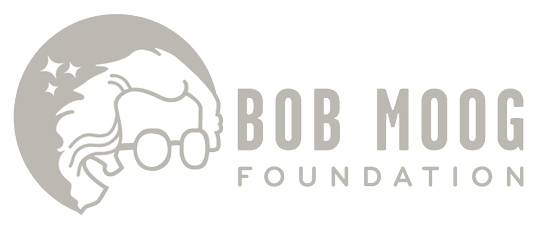
on the web | essentials
Companies + events continuing the Moog legacy.
Moog Music | main
Moog Music | legacy
Moog Music | product timeline
Moog Music | YouTube channel
Spectrasonics | main
Spectrasonics | Bob Moog tribute library
Moogfest | main
Moogfest | YouTube channel

— part 2 —
Moog’s most important early customer was Walter Carlos — also know as: Wendy Carlos. In 1968, Carlos released the landmark album Switched-On Bach, featuring synthesized Bach compositions painstakingly multi-tracked one line at a time. No one expected it to get much notice.
The release party lumped it with another obscure work called Rock and Other Four Letter Words. Carlos didn’t even show up although Moog did. But Carlos’ record became a huge hit, selling multi-platinum and earning 3 Grammy awards. It effectively launched a new era in music creation. The palette of sounds available to musicians exploded.
The album Switched-On Bach caught the attention of my father Fredric Kurzweil — a noted orchestra conductor and music educator. In my teenage years, we had many conversations about the nature of music, and now our talks broadened to include technology.
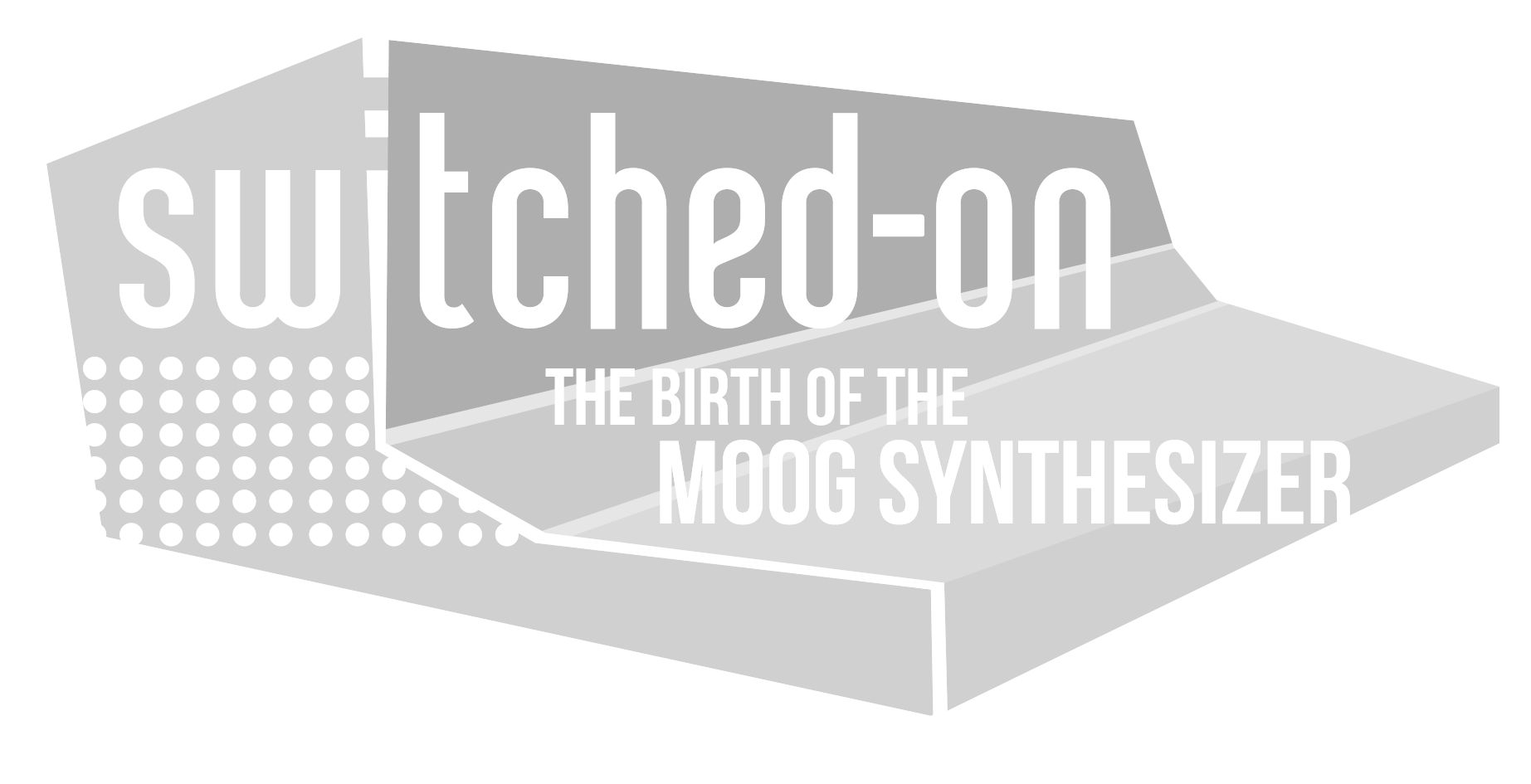
image | below
about: text
title:
make: by Moog Music co.
year: text
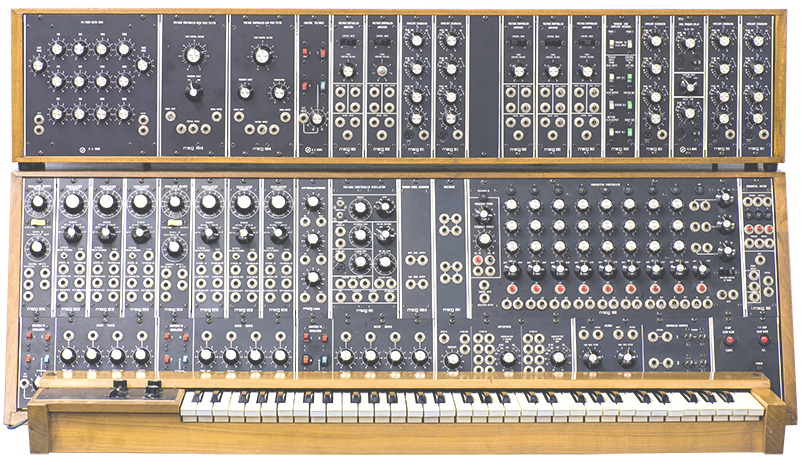
listen — song composed + played on Moog synthesizer
— part 3 —
Shortly before his own death in 1970, he told me of a strong feeling he had, that one day I would combine my interests in computers and music. This conversation, a direct result of Moog’s work, was very much on my mind when I founded Kurzweil Music Systems in 1982.
The company’s mission was to harness digital technology in music. As a result I crossed paths with Moog many times at various music conferences. I found him unusual in his earnest, sincere and self-effacing manner.
He didn’t much believe in small talk, and a casual comment was likely to cause him to think deeply about his response. Often he’d meet a simple question like “How’s the convention going?” with a prolonged, awkward silence while he pondered an answer. Those who learned to be patient with this style of conversation were consistently rewarded with a keenly insightful response.
Starting in 1984, Moog spent 5 years working for Kurzweil Music Systems as vice president of new product research. His thoughtful approach was great help in realizing our ambitions. He’d sit silently during executive committee meetings, not out of indifference or distraction, but because he was listening. At a crucial moment he would offer his opinion, with a gentle voice of authority and spoken from a deep appreciation of the musician’s perspective.
It’s these personal qualities, as much as the indelible mark he left on the world of music, that come to mind when I remember Bob Moog.
— Ray Kurzweil
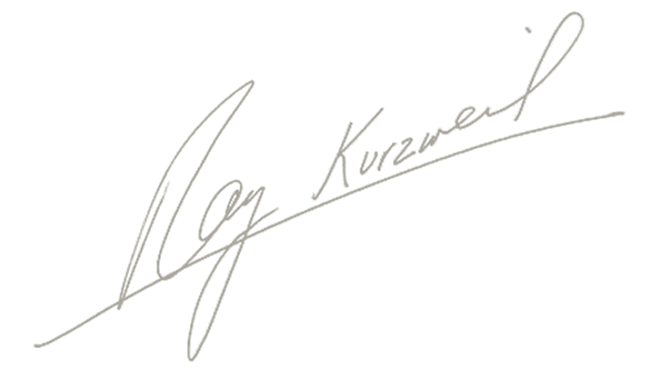
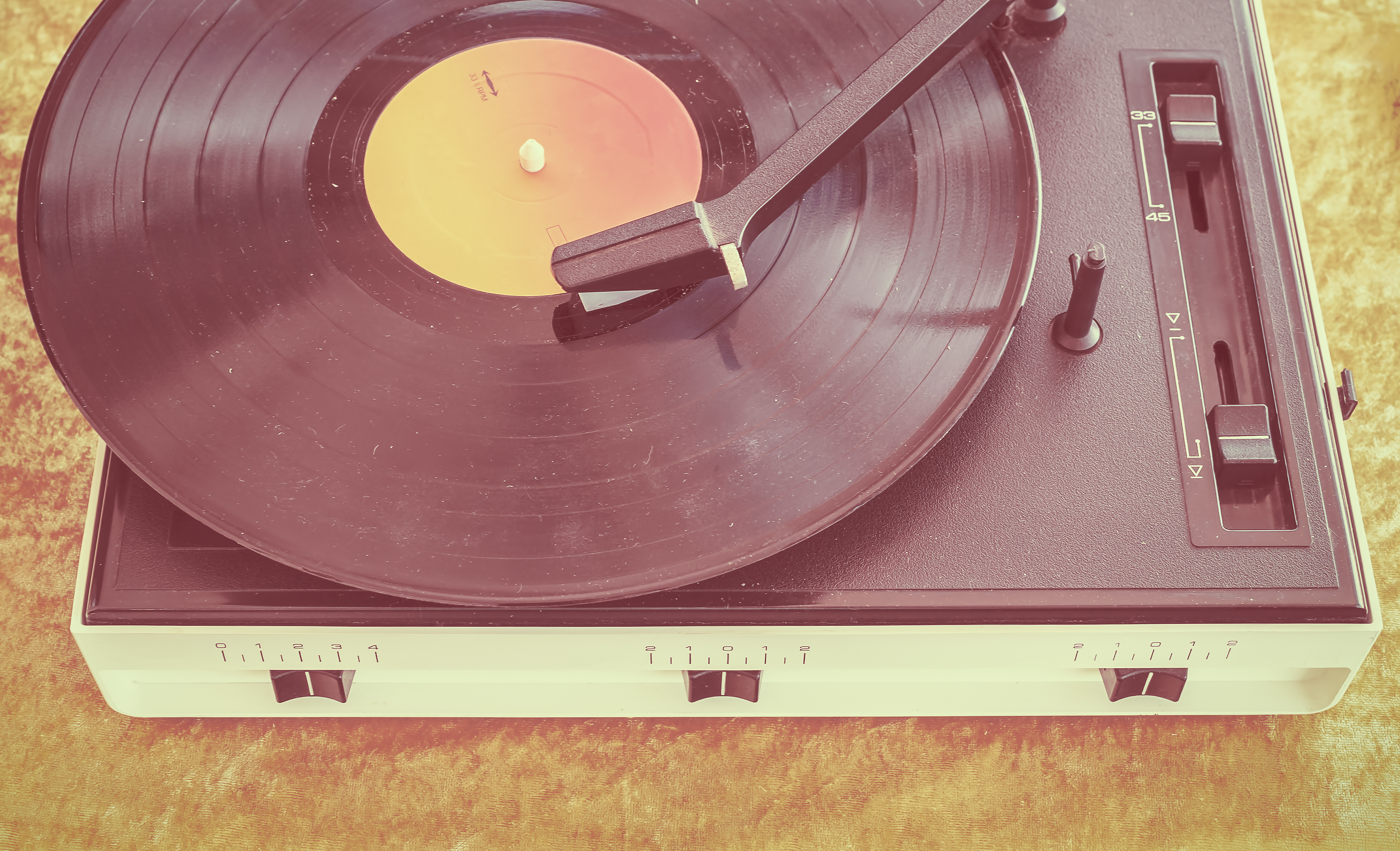
on the web | good stories on topic
Sound on Sound | “Dr. Robert and his modular Moogs”
Sound on Sound | Bob Moog: voyage of discovery
Wired | “Bob Moog’s beautifully intricate drawings of synth circuits”
Wired | “Moog Music re-creates a trio of its legendary modular synths”
the Guardian | Hey what’s that sound: Moog synthesizers
Engadget | Analog Synthesis: the life + legacy of Bob Moog

video | showcase on pioneer Robert Moog PhD
Documentary on his historic electronic musical devices.
film title: 50 year anniversary of the Moog modular synthesizer
film: by Moog Music co.
about from Moog Music co. | 2014 is the 50 year anniversary of the unveiling of the Moog modular synthesizer. Robert Moog PhD introduced the world to a completely new type of instrument — that would go on to change the course of music history and influence decades of future instrument design.
Told by a Moog engineer, Moog historian plus Bob Moog himself, this documentary film explores the original methods, materials and designs used in the foundational modular synths. Through re-creating rock star Keith Emerson’s modular system, Moog Music experiences the power, elegance and enduring legacy of its first instruments.
video | showcase on pioneer Robert Moog PhD
Documentary on his historic electronic musical devices.
film title: Moog
film: by Hans Fjellestad
about from Hans Fjellestad | Bob Moog shaped musical culture with some of the most inspiring electronic instruments ever created. This compelling documentary portrait of a provocative, thoughtful and deeply sympathetic figure peeks into the inventor’s mind and the world-wide phenomenon he founded.

interactive | Google doodle
Honoring the musical heritage of Robert Moog PhD.
Wired | “Google doodle honors the father of the modern synthesizer”
Wired | “Geekiest uses so far of Google’s Moog synthesizer doodle”
about from Wired | The Bob Moog Google doodle — a fully functioning web based synthesizer in tribute to the late Robert Moog PhD — prominently features a record button. 100s of cover songs are being recorded by users around the world using the Bob Moog Google doodle. Here’s a sampling of some of the best and geekiest cover tunes recorded with the Bob Moog Google doodle — as seen on YouTube.
video | Google doodle
A real video synthesizer you can play.
Google | doodles: main
Google | doodles: Robert Moog PhD
about from Google | Google honors Robert Moog PhD. He was an American pioneer of electronic music. Moog is famous as the inventor of the Moog synthesizer, one of the first widely used electronic musical instruments.
Can you see the Google logo in the doodle art? Moog was born in May 1934. In 1953 at age 19 he founded his first company R.A. Moog. In 1972 he changed the company’s name to Moog Music. He passed away April 2005.
one the web | background
Moog vintage library + synthesizers.
Moog Archives | main
Synthesizers | main
Synthesizers | Moog factory
image | below
about: rare vintage Moog analog synthesizer
title: Sonic 5
made by: Musonics co.
year: 1972
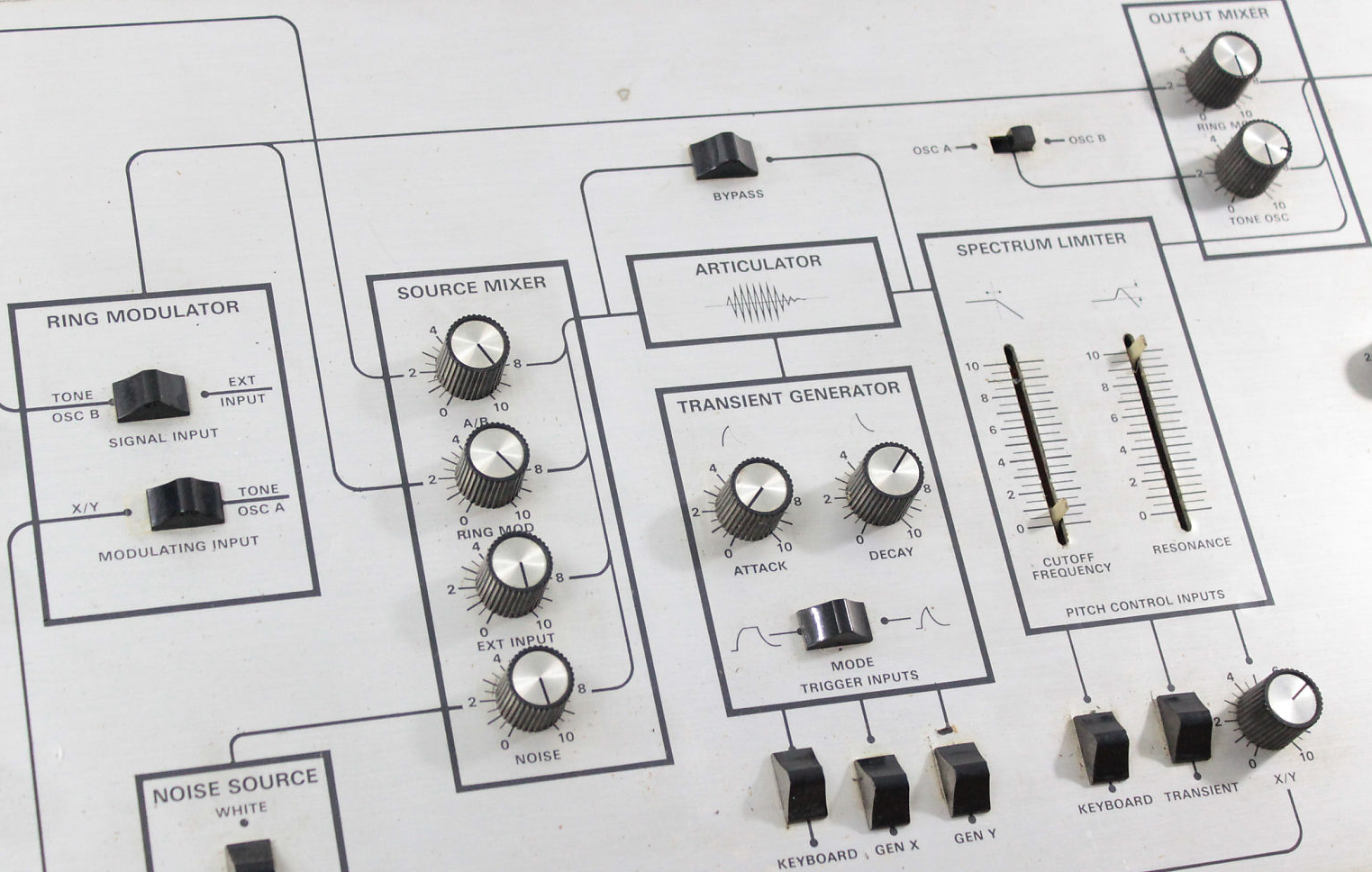
on the web | essentials
Documentary films on the history of modular synthesizers.
Waveshaper Media | main
Waveshaper Media | film: I Dream of Wires — the modular synthesizers that shaped electronic music
Waveshaper Media | film: Electronic Voyager — tracing Bob Moog’s sonic journey
Waveshaper Media | YouTube channel
I Dream of Wires | YouTube channel

on the web | shop
Experience synthesizers up close.
Vice | Thump: 9 best synthesizer shops in the US
Guitar Center | main
Rock n Roll Village | main
Sam Ash | main
Sweetwater | main
